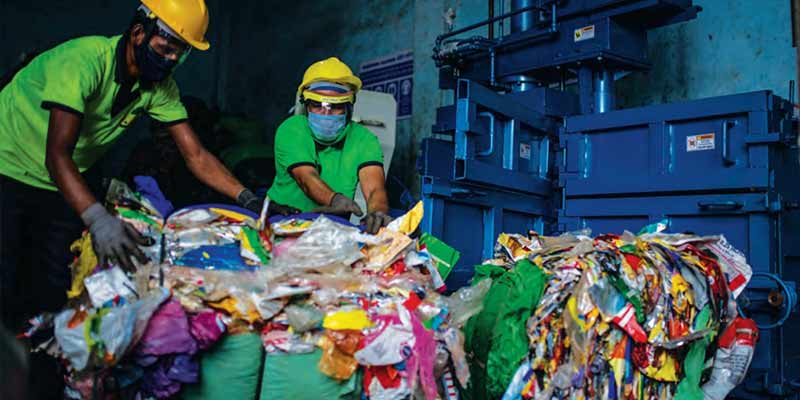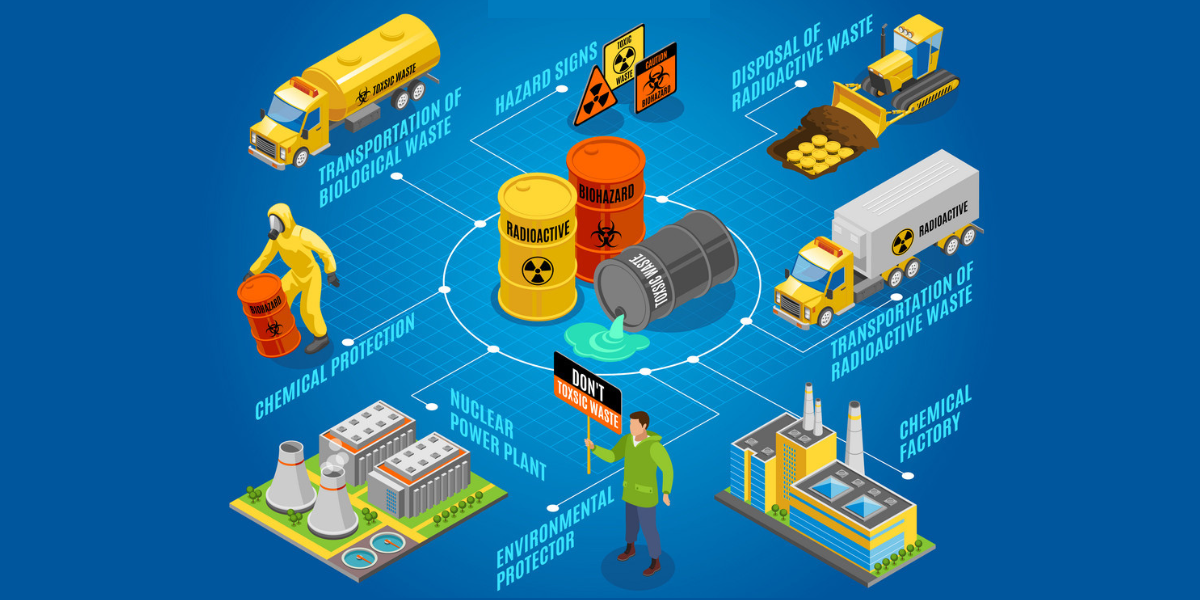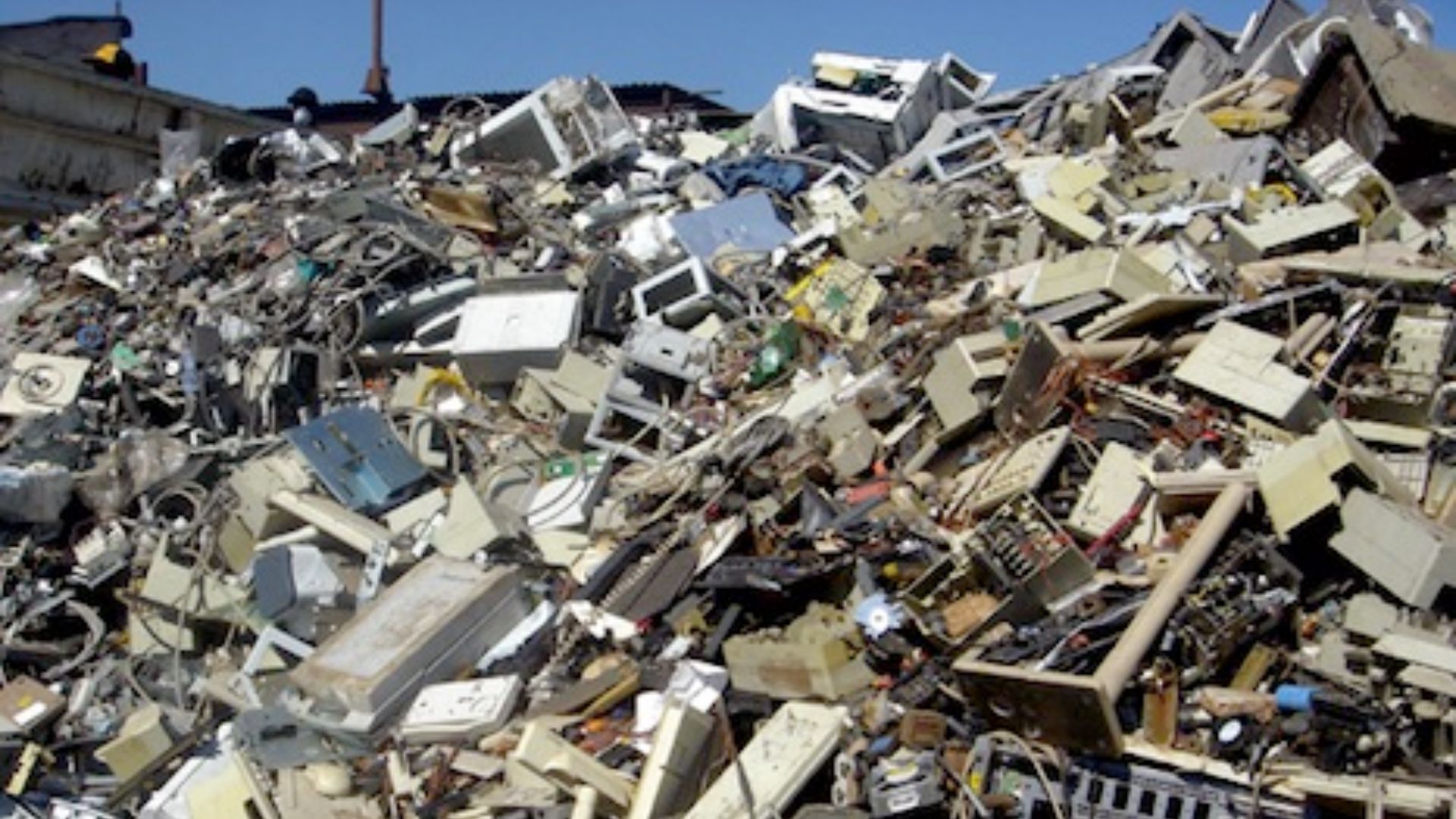In the ever-evolving landscape of waste management, technological innovations stand as powerful catalysts. Hence offering sustainable solutions to curb the escalating challenges of waste. Transitioning from conventional methods to cutting-edge technologies, these solutions revolutionise the way we perceive, manage, and reduce waste, contributing to a more sustainable and circular economy. In this article, we will delve into Technological Solutions for Waste Reduction.
Smart Waste Management Systems: A Paradigm Shift
The integration of technology begins with smart waste management systems, marking a significant paradigm shift. Transitioning from manual processes to automated systems, these technologies leverage sensors, data analytics, and real-time monitoring to optimize waste collection and disposal. Smart bins equipped with sensors detect fill levels. Therefore, enabling efficient waste collection routes, reducing fuel consumption, and minimizing the environmental footprint of collection vehicles.
IoT and Sensor Technologies: Precision in Waste Monitoring
The Internet of Things (IoT) and sensor technologies play a pivotal role in bringing precision to waste monitoring. Transitioning from traditional waste monitoring to real-time data collection, IoT-enabled sensors track waste levels, temperature, and composition. This data allows municipalities and waste management companies to make informed decisions. Moreover, to optimize resource allocation, and identify areas for improvement in waste reduction strategies.

Automated Sorting Systems: Enhancing Recycling Efficiencies
Recycling is a cornerstone of waste reduction, and automated sorting systems have elevated recycling efficiencies to new heights. Transitioning from manual sorting to advanced technologies, these systems utilize robotics, artificial intelligence (AI), and machine learning to separate recyclables from mixed waste streams. By enhancing the accuracy and speed of sorting, automated systems contribute to higher recycling rates and reduce contamination in recycled materials.
Waste-to-Energy Technologies: Harnessing Power from Waste
Waste-to-energy technologies offer a transformative solution by harnessing power from waste materials. Transitioning from landfill disposal to energy generation, these technologies encompass methods like incineration, gasification, and anaerobic digestion. By converting organic waste into biogas or extracting heat energy from incineration, waste-to-energy technologies not only reduce the volume of waste but also contribute to sustainable energy production.
Blockchain for Transparent Waste Tracking
Blockchain technology is making waves in waste reduction by providing transparent and traceable waste tracking systems. Transitioning from opaque waste management processes to decentralized and secure ledgers, blockchain ensures transparency in waste disposal chains. This not only minimizes the risk of fraud but also fosters accountability among stakeholders, encouraging responsible waste management practices.
Advanced Recycling Technologies: Closing the Loop
Closing the loop on recycling is a key goal for waste reduction, and advanced recycling technologies are making this a reality. Transitioning from traditional recycling methods to innovative approaches, these technologies include chemical recycling, pyrolysis, and depolymerization. They enable the recycling of materials that were previously challenging, such as certain plastics or composite materials, reducing the reliance on virgin resources and minimizing the environmental impact.
AI-Powered Predictive Analytics: Anticipating Waste Trends
Artificial intelligence (AI) has entered the waste management arena with predictive analytics tools that anticipate waste trends. Transitioning from reactive waste management to proactive strategies, AI analyzes historical data, weather patterns, and demographic information to predict waste generation patterns. Municipalities and businesses can then plan resource allocation, waste collection schedules, and educational campaigns more effectively.
Mobile Apps for Citizen Engagement
Engaging citizens in waste reduction efforts is crucial, and mobile apps serve as powerful tools for fostering awareness and participation. Transitioning from passive waste disposal to active citizen engagement, these apps provide real-time information on recycling schedules, waste collection points, and educational resources. Citizens can report issues, track their waste footprint, and participate in community initiatives, creating a sense of responsibility and accountability.
Nanotechnology in Waste Treatment: Microscopic Solutions
Nanotechnology introduces microscopic solutions to waste treatment, addressing challenges at the molecular level. Transitioning from conventional waste treatment methods to nanoscale applications, this technology enables the breakdown of pollutants, pathogens, and contaminants in water, air, and soil. By enhancing the efficiency of treatment processes, nanotechnology contributes to cleaner waste discharge. Moreover, it reduces the environmental impact of waste treatment facilities.
Conclusion
In conclusion, technological solutions for waste reduction are at the forefront of a waste management revolution. Transitioning from traditional models to tech-infused innovations, these solutions offer efficiency, precision, and sustainability. As we embrace smart waste management systems, advanced recycling technologies, and AI-powered analytics, we pave the way for a future where waste is minimised. Hence resources are conserved, and the circular economy becomes a reality.



